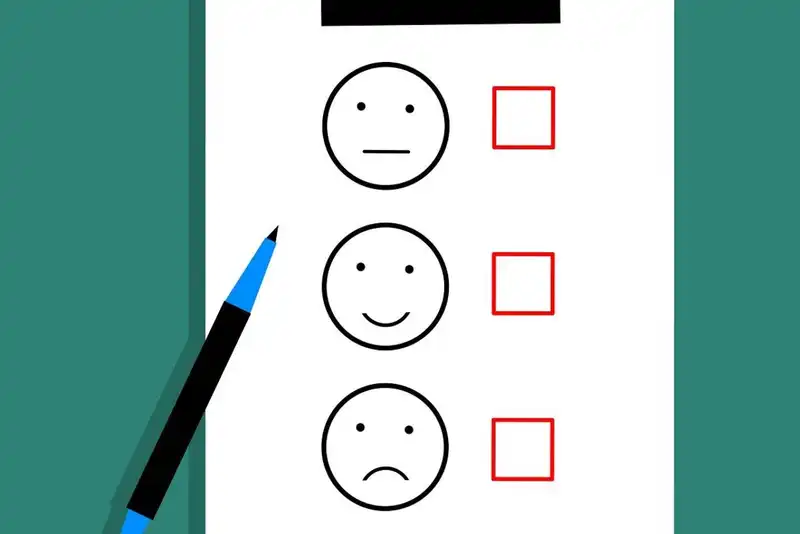A How-to Guide to Employee Benefits Management
Introduction to Employee Benefits Management
The way you manage employee benefits has a direct influence on your employees' decision to work for you. Salary and incentives are not the only major driving forces that attract and retain your employees in a competitive economy.
55% of employees would likely accept a job with a lower salary as long as it had a more robust benefits package. Similarly, 75% of employees have reported that they are more likely to stay in a position due to a comprehensive benefits program or package.
However, implementing an attractive benefits package that appeals to all prospective and current employees can be challenging and costly.
With so much on the line, it's crucial to be strategic when deciding what benefits to offer and how to manage them, regardless of your budget and company size.
What is Employee Benefits Management?

Employee benefits management is how you plan and deliver employee benefits within your company. It is a discipline typically managed by the Human Resource (HR) department.
As per the Society for Human Resource Management (SHRM), the standard procedure for designing an employee benefits program involves the following 5 steps-
1. Identify the organization's benefits objectives and budget
2. Conduct a needs assessment
3. Formulate a benefits plan program
4. Communicate the benefits plan to employees
5. Develop an assessment process to determine the effectiveness of the benefits
Your HR also needs to keep themselves informed of the federal and state laws regarding employee benefits and make necessary changes in your organization's benefits plan.
Some of the mandatory benefits in the US are-
- Medicare/ healthcare
- Social security
- Unemployment insurance
- Worker's compensation insurance
- 12 weeks of unpaid leave (for companies with 50 or more employees)
Strategies to Improve Employee Benefits Management
To ensure every benefit implemented is followed by an appropriate return on investment (ROI), business owners and HR need to employ strategic tactics to tackle employee benefits challenges efficiently.
Four of the biggest employee benefits challenges businesses face today are-
(1) increasing benefits costs,
(2) multigenerational workforce,
(3) growing competition for talents, and
(4) complex employee benefits administration.
Review Goals, Objectives, Budget (GOB)
First, you need to know why you're offering employee benefits. For most companies, their employee benefits goal might be to-
- Attract and retain top talent
- Comply with relevant federal and state laws
- Stand out from the competition
For instance, to attract talents, one of your objectives is to craft a customizable employee benefits plan that results in a 50% increase in job applications in 2020.
Third, plan a budget. According to Joe Hadzima, a senior lecturer at the MIT Sloan School of Management, the estimated cost of benefits is typically in the 1.25 to 1.4 times base salary range a $50,000/year employee would incur benefits costing around $62,500 to $70,000.
With this estimated cost and a year's worth of financial data of your business, you can determine how much you want to pay for employee benefits.
It's okay if you don't have a huge budget, there are other attractive low-cost benefits you can use (see tip
Research the Market

Find out what other businesses in your industry and similar companies of your size are offering to their employees.
Resources like the SHRM's Employee Benefits Survey, Willis Towers Watson's Benefit Trends survey, MetLife's 17th Annual US Employee Benefit Trends Study, and many more could help provide insights into current trends.
For example, about 46% of small to medium-sized companies don't provide healthcare insurance. But health insurance is one of the top benefits that win employees over.
If you can offer that, chances are, your company will attract new talents, and it's less likely your employees will hunt for jobs.
Bonus tip- The most valuable data lies with your current employees. Use meetings and online surveys to find out what benefits appeal to them the most.
Customize Benefits According to the Generation Type
Offering a status quo employee benefits can no longer cut it. 72% of employees say that having the ability to customize their benefit enrollment would increase their loyalty to the employer.
As Generation Z enters the workforce, you will most likely have at least 3 different generations under one roof. Customization and flexibility make a lot of sense because each generation needs different benefits.
For instance, Gen Z values student loan reimbursement and leadership development opportunities. Meanwhile, Gen X values flexible working hours because they have to take care of their elderly parents.
By allowing benefits customization, your company will look more appealing to different generations and retain more employees because each of them finds value in your benefits.
Optimize Voluntary Benefits

Employee benefits management doesn't have to involve a lot of costs. There are many voluntary benefits (also called supplemental insurance or employee-paid benefits) that are both appealing and cost-saving.
According to Willis Towers Watson's Voluntary Benefits and Services survey, 80% of employers believe voluntary benefits will be a vital component of their employee benefits management over the next three to five years.
Voluntary benefits are typically flexible. To suit your budget, you can choose whether to fully or partially fund the supplemental benefits offered to your employees.
Here are some trending voluntary benefits that are increasing in popularity among employees-
- Identity theft protection
- Pet insurance
- Long-term care insurance
- Critical-illness insurance
- Hospital indemnity
- Student loan consolidation programs
- Savings for children's future college
- Personal and professional development
- Volunteer time off (employer-sponsored paid time to do volunteer work in the community)
- Flexible working hours
- Telecommuting (working remotely)
- Casual dress code
- Company outings
- Pet therapy
- Company-sponsored events
- Paid time off
- Wellness benefits
- Employee referral program
- Educational assistance program (or tuition reimbursement)
- Free food and drinks
- Family leave
- Employee discounts
Digitize Employee Benefits Management
With customization and numerous voluntary benefits coming into the picture, employee benefits management could be a challenging task, especially for large organizations. Thus, to resolve the complications, companies often resort to technology to automate the benefits process.
Analytics, for example, are run to generate reports about the frequency of benefits consumption, as well as apps that have features to manage employee benefits such as meal vouchers, medical reimbursements, fuel cards, and gym memberships.
Bringing your employee benefits management from a manual to digital format could-
- Boost open enrollment and administration efficiency
- Promote employee convenience and ease of working
- Simplify benefits communication
- Reduce risks of compliance issues
Key Takeaways

Previous business models viewed employee benefits as simply a nice thing to have and a means to comply with laws. But more and more companies realize that employee benefits are one of the top deciding factors in their employees' job application and resignation process alongside salary and incentives.
With this change, traditional employee benefits management can no longer meet the complex demands of the market. Take advantage of the following strategies to position yourself as the preferred choice across all generations strategically-
1. Review Goal, Objective, and Budget (GOB)
2. Research the market
3. Customize benefits according to generation type
4. Optimize voluntary benefits
5. Digitize employee benefits management






